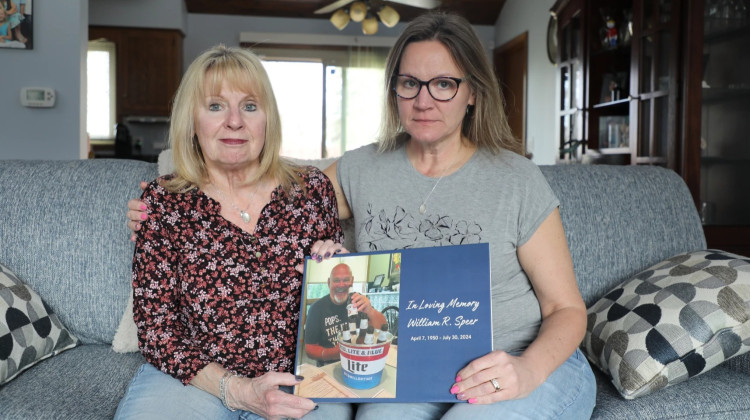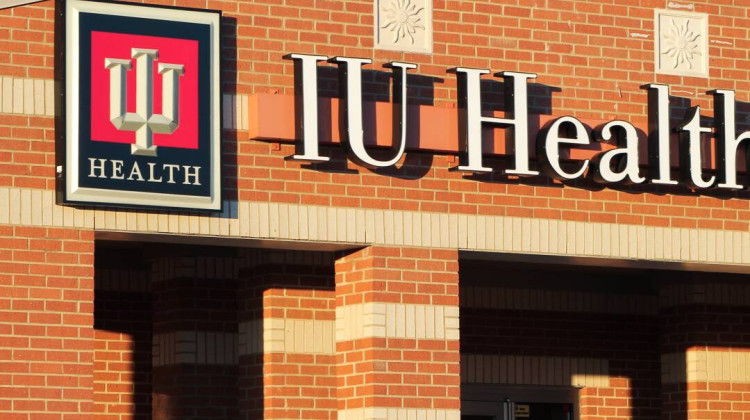
In a wide-ranging speech at the Indiana Rural Health Association meeting on June 14, Box covered issues such as the opioid epidemic, maternal and infant mortality and children’s behavioral health.
Photo by Carter Barrett/WFYI News.Recent unreleased survey results show Indiana teens are struggling with increased rates of depression and anxiety, according to the state’s top health official.
Indiana Health Commissioner Dr. Kristina Box discussed the findings from the Center for Disease Control and Prevention’s Youth Risk Behavior Survey at the 2022 Indiana Rural Health Association's conference on June 14.
“In 2021, nearly 50 percent of students said that they felt sad or hopeless almost every day for two weeks in the past year,” Box said. “And 11 percent of them said they had attempted suicide at least once, or more than once, in the prior year.”
The anonymous survey, conducted in both public and private schools across the nation, asks teens about sexual activity, drug use, physcial activity, diet and more.
In a wide-ranging speech, Box also covered issues such as the opioid epidemic, maternal and infant mortality and children’s behavioral health.
In 2022, the American Psychological Association published a report calling children’s mental health a “crisis.” The CDC found that, from March to October 2020, U.S. hospitals saw a rise in the proportion of mental health emergency visits among children: 24 percent for children ages 5 to 11, and 31 percent for children ages 12 to 17.
One of the bright spots in the CDC’s new youth survey, Box said, was a “tremendous” decline in the number of teens smoking cigarettes. However, vaping remains high.
“We still had almost 20 percent of our seniors say that they were vaping,” Box said. “That's 20 percent of the population going forward at this age that will probably be addicted to nicotine.”
For the first time since 2015, Indiana’s Youth Risk Behavior Survey data can be weighted and compared with other states. Box said the health department called hold-out schools to encourage participation. In the past, not enough schools participated in the optional survey to provide a useful set of data.
During her speech, Box also called on state leaders to take serious action to combat substance abuse.
“My belief when it comes to substance use disorder is we are going to have to start to invest more upstream in prevention, addressing ACES, addressing that trauma that exists in people's lives,” Box said. “And the mental health issues that make them reach for substances to try to treat this problem.”
ACES are adverse childhood experiences, which include abuse, neglect and other traumatic events that research has found puts people at higher risk of addiction and other health issues.
A majority of drug overdose deaths in Indiana are a result of fentanyl — a highly potent synthetic opioid.
Contact health reporter Carter Barrett at cbarrett@wfyi.org. Follow on Twitter: @carter_barrett.
 DONATE
DONATE






 Support WFYI. We can't do it without you.
Support WFYI. We can't do it without you.